Researchers capture first images of CO2 emissions from commercial aircraft engine using chemical species tomography
Green Car Congress
SEPTEMBER 30, 2022
Researchers have used a novel near-infrared light imaging technique to capture the first cross-sectional images of carbon dioxide in the exhaust plume of a commercial jet engine. The researchers used their new chemical species tomography setup to capture the first images of carbon dioxide exhaust from a commercial aircraft engine.

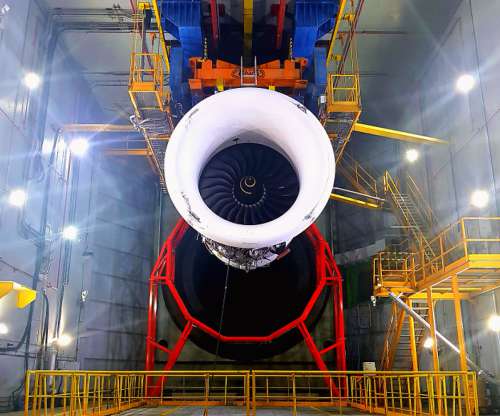
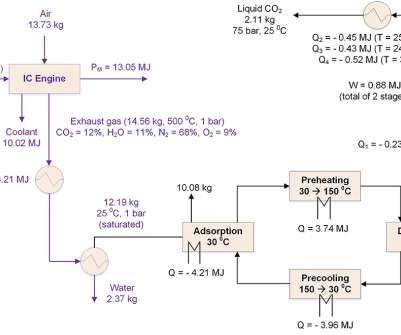
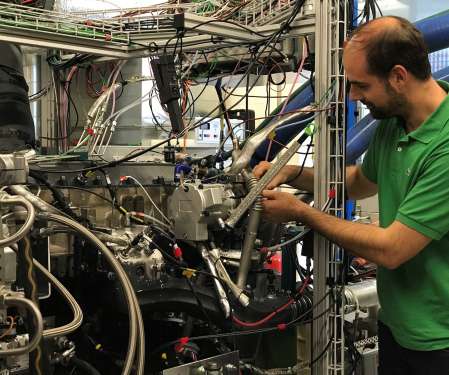


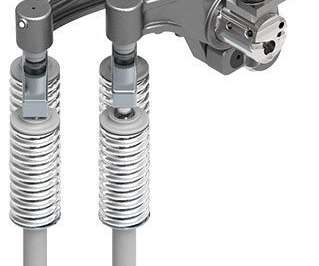


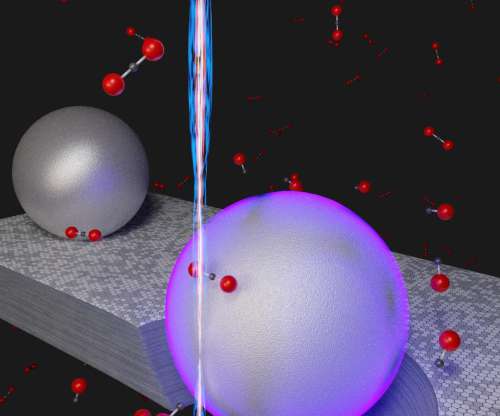

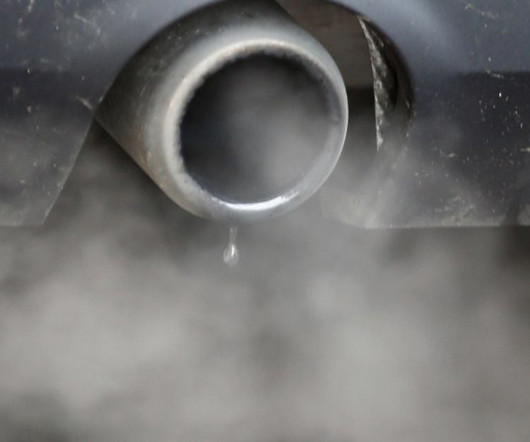






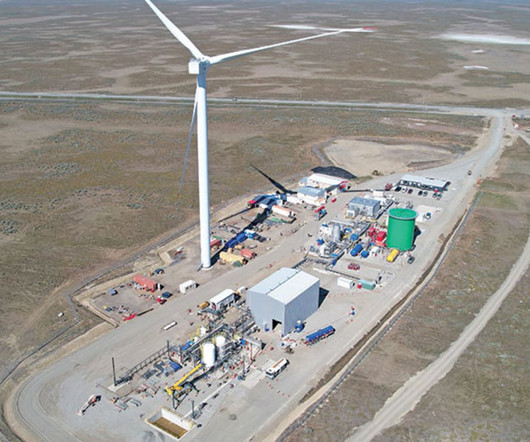





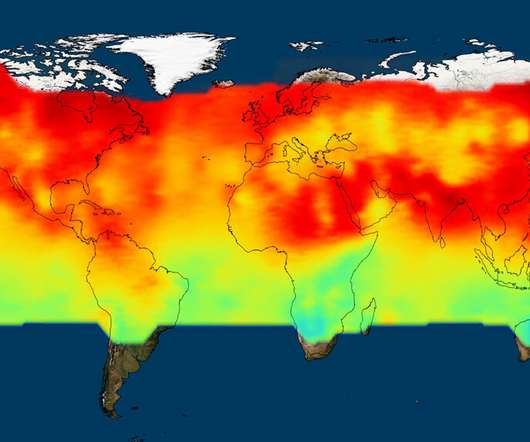



















Let's personalize your content